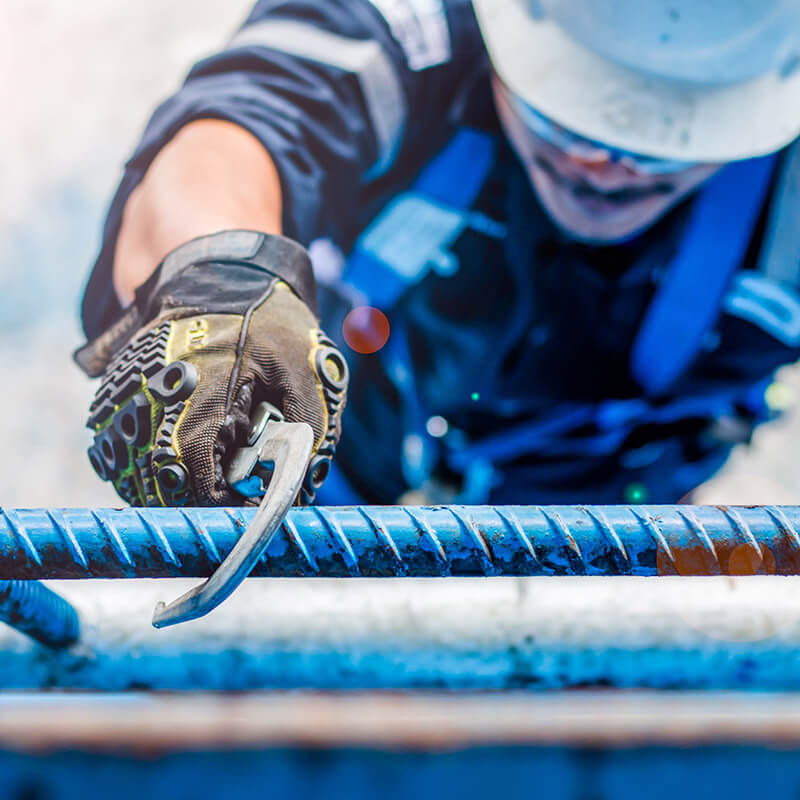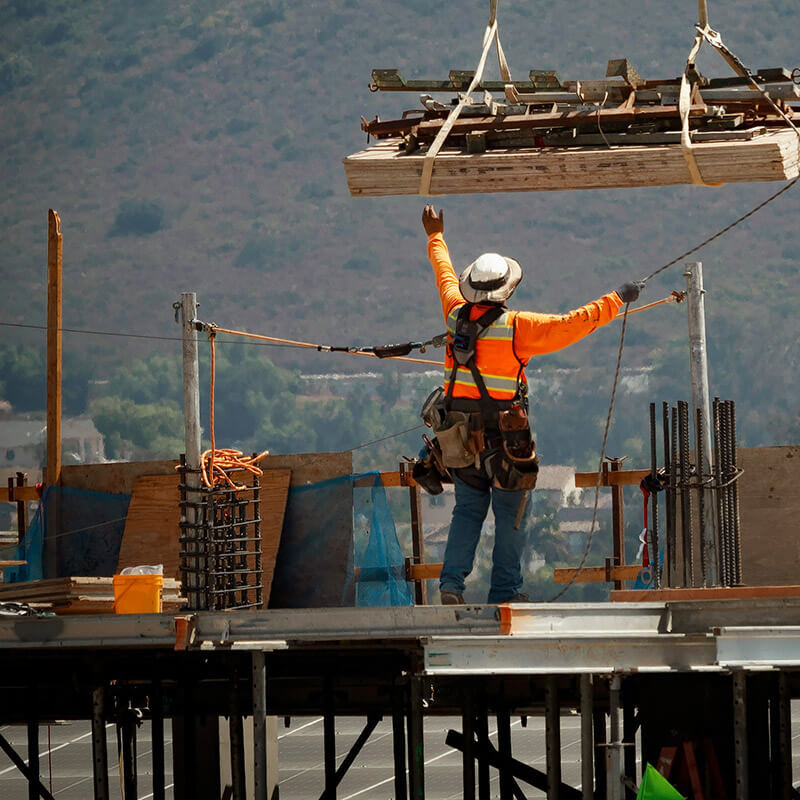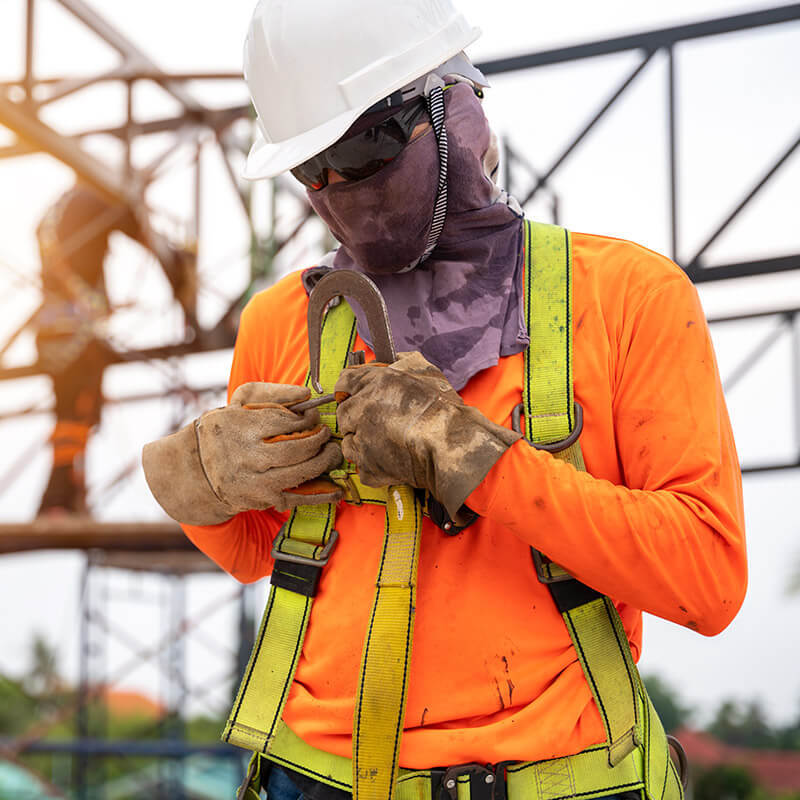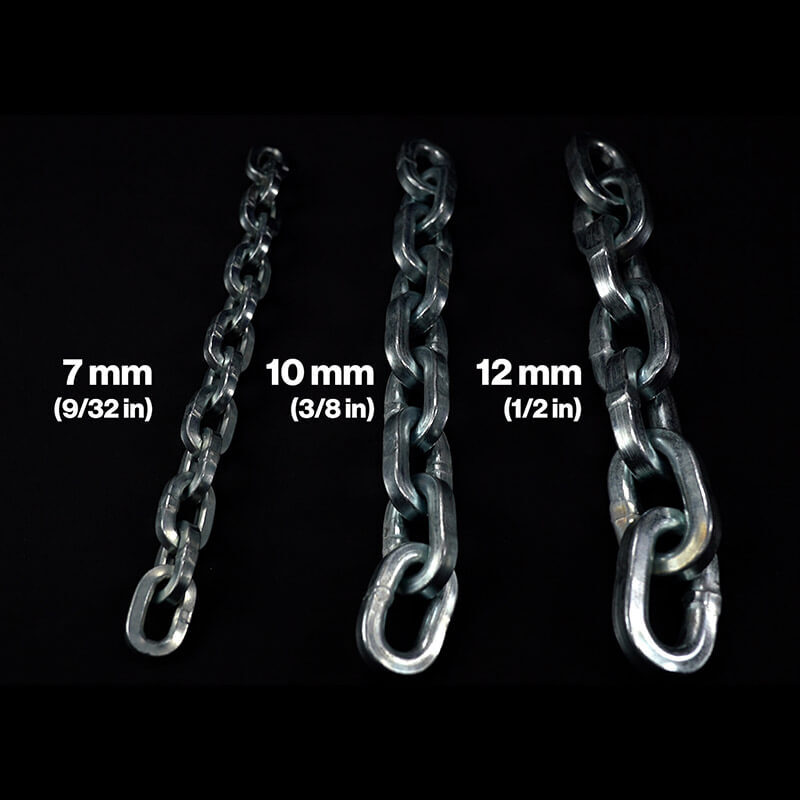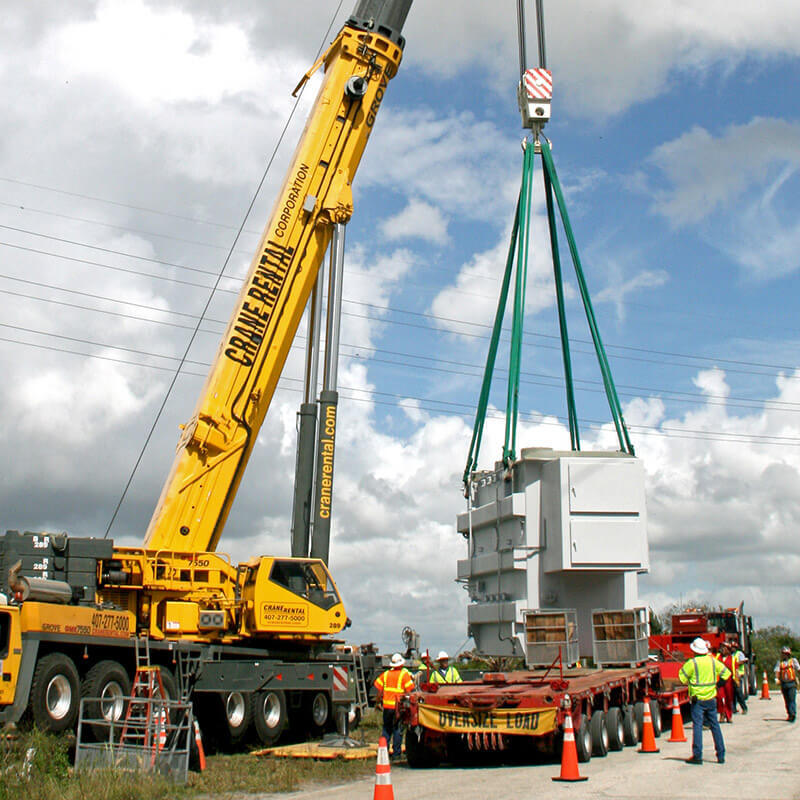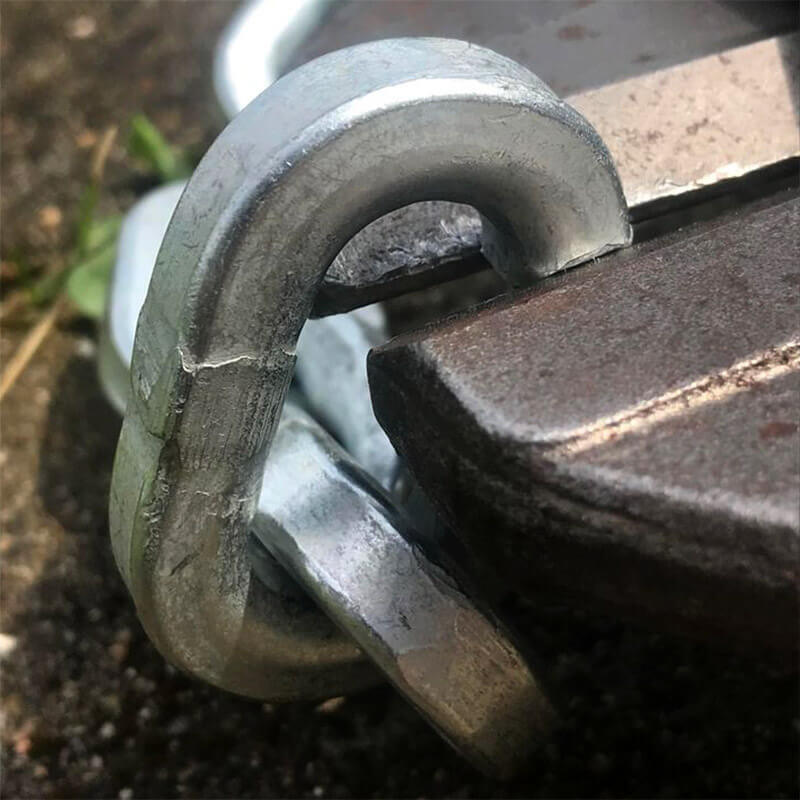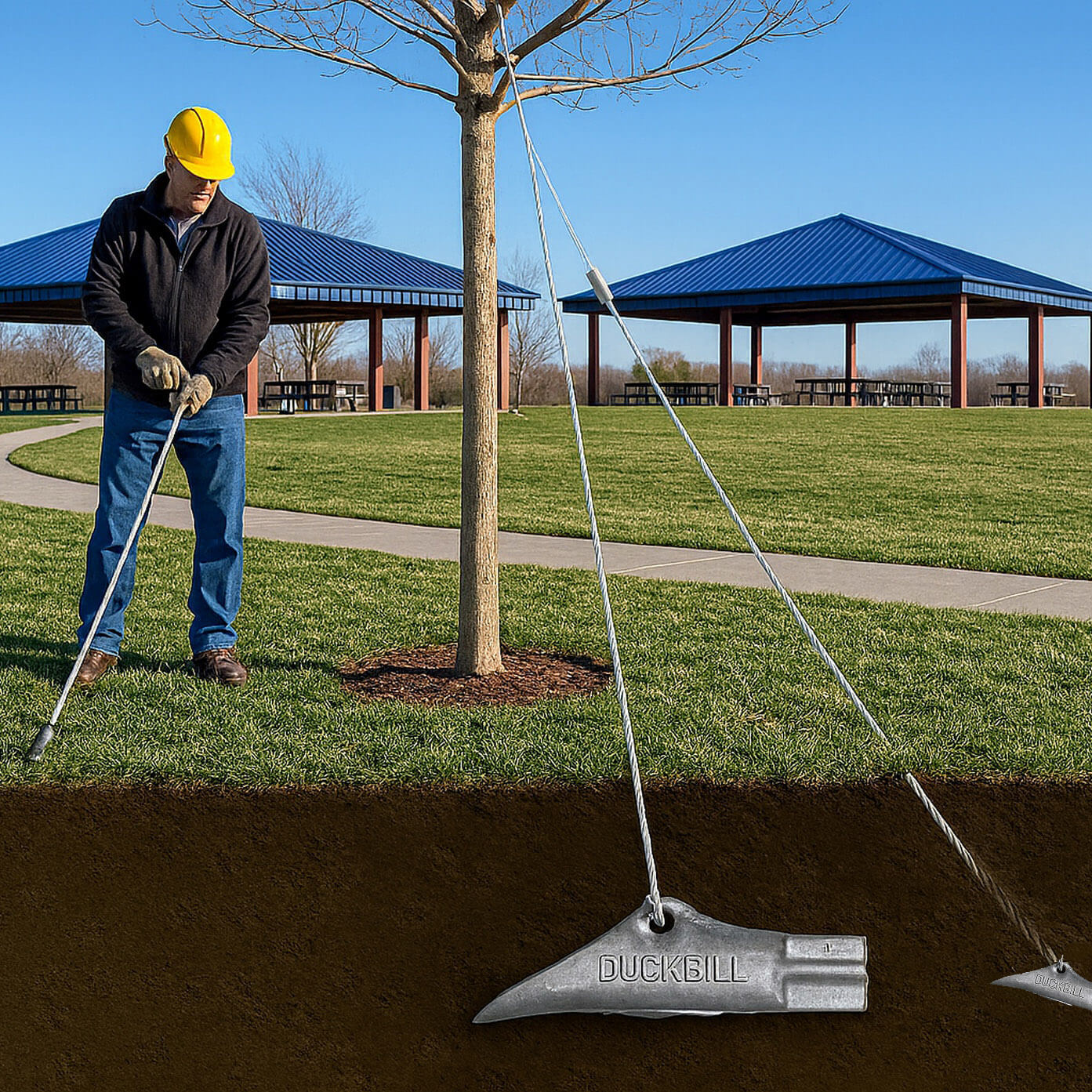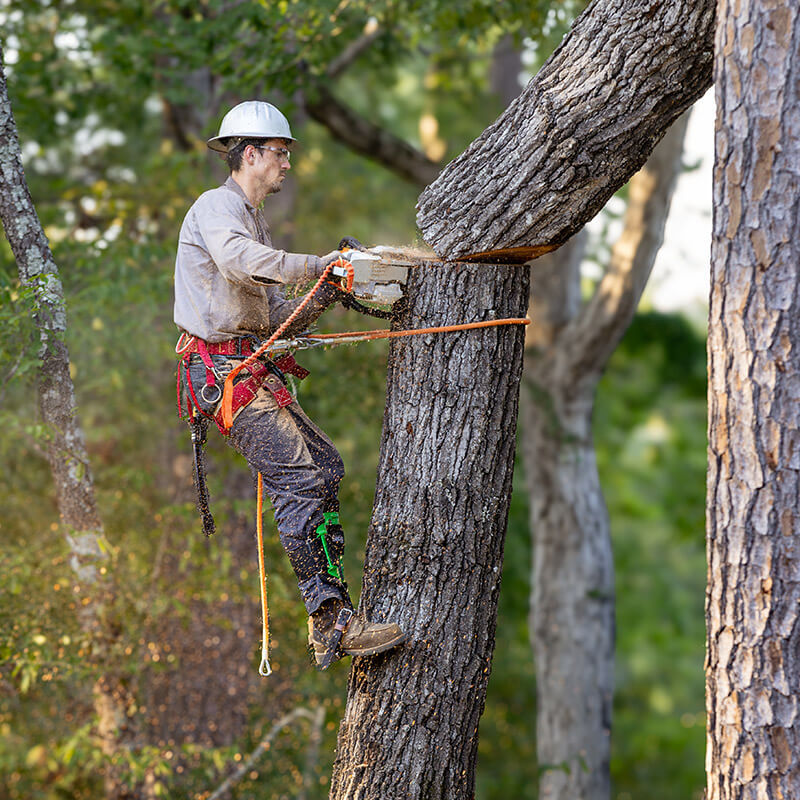What are the requirements for fall protection carabiners?
Carabiners are key in fall arrest systems. They link harnesses, lanyards, and anchor points, handling big loads during falls. Safety studies reveal falls cause about 33% of construction deaths, showing the need for strong connectors.
OSHA and ANSI set rules for tensile strength, design, and inspections. Carabiners with at least 22 kN strength boost safety in risky jobs. Choosing dependable gear helps lower fall risks and keeps workers safe.
Key Takeaways
- Carabiners must withstand heavy loads per OSHA and ANSI guidelines.
- They are vital links between harnesses, lanyards, and anchor points.
- A minimum strength of 22 kN is common for personal fall arrest systems.
- Regular inspection helps detect wear, corrosion, and damage.
- Proper selection and maintenance reinforce safe job practices.
- Lighter aluminum options can reduce worker fatigue in harsh settings.
Essential OSHA and ANSI Standards
Organizations need clear rules to keep workers safe at height. The Occupational Safety and Health Administration (OSHA) sets limits on arresting forces and deceleration distances. This ensures fall protection gear can handle sudden loads.
The American National Standards Institute (ANSI) has its own standards. They cover design, testing, and labeling for equipment like carabiners. Knowing both sets of rules is key for a safer work place and following the law.
OSHA Regulations for Fall Protection
OSHA's rules say the arresting force on a worker can't be more than 1,800 pounds. They also require secure connectors, like carabiners that lock when the gate is released. Carabiners and snap hooks must hold 5,000 pounds of tensile load, protecting workers under stress.
Personal fall arrest systems must limit free-fall distances to reduce injury risk. These rules aim to protect workers by setting high standards for connector performance.
ANSI Standards for Carabiners and Equipment
ANSI oversees strict protocols for equipment integrity and labeling. Carabiners must hold at least 3,600 pounds of tensile strength without breaking or deforming. ANSI's fall protection guidance has gotten tougher, demanding better testing and maintenance.
Organizations that follow these standards show they care about safety. They make sure employees working off the ground are protected.
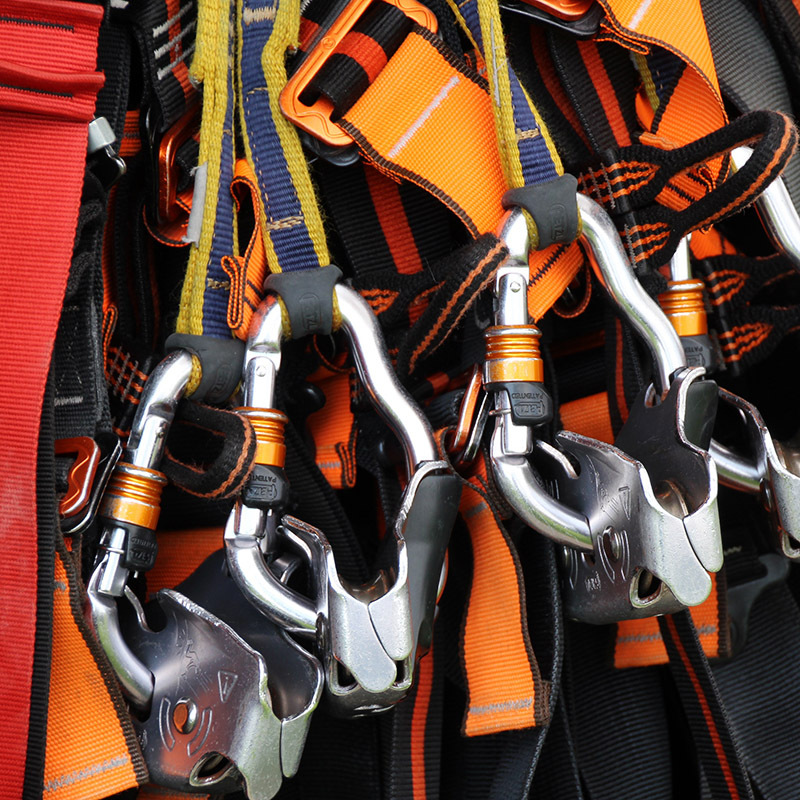
Selecting the Right Carabiner for Your Fall Protection Equipment
Carabiners connect harnesses to safe anchor points. Choosing the right one is key to safety. They must handle weight evenly and securely to avoid breakage.
The right carabiner makes work easier and safer. In many jobs, the wrong choice can lead to accidents.
Carabiner Types and Uses
D-shaped carabiners handle force well, keeping them strong. Oval ones spread the load evenly, great for changing directions often. Pear-shaped are best for tasks like belaying or rappelling.
Locking gates prevent accidental opening. Automatic ones are popular in work settings for their convenience.
Carabiner Weight Capacity and Strength Ratings
Steel carabiners can hold heavy loads but are heavy. Aluminum ones are lighter, making them better for moving around. They come in various strengths, from 220 lbs for light ones to over 3,000 lbs for heavy-duty.
Following load limits can reduce accidents. This shows how important it is to pick the right carabiner.
What Are the Requirements for Fall Protection Carabiners
These connectors are key in keeping workers safe at heights. They must meet strict standards to ensure safety. They need to be strong and have functional gates.
Strength and Durability Requirements
Carabiners must have a breaking strength of at least 5,000 pounds (22.2 kN). Their gates should be tested to 3,600 pounds (16 kN). This ensures they can handle forces in all directions.
A dual-action locking feature is also required. It stops the gate from opening by accident. Each carabiner must show its load ratings, part numbers, and the year it was made.
Safety Guidelines and Inspection Checklists
Regular checks are important to find problems early. A damaged part can ruin the whole system. These inspections include:
- Looking for rust, cracks, or loose rivets
- Testing if the gate closes properly and the spring is tight
- Checking if labels are clear and not worn off
If something looks worn out, it should be taken out of use. Regular checks help keep everyone safe. They make sure locks and frames stay strong under pressure.
Conclusion
It's important for workplaces to meet both OSHA and ANSI standards. In 2019, 615 people died in falls, and 48,040 got hurt. This shows how critical fall protection gear is, including the best carabiners.
Steel carabiners are common in places needing to handle heavy loads. Aluminum ones are better for healthcare because they're lighter and don't rust. Auto and semi-auto locking gates are great for schools and buildings because they're easy to use and secure.
D-shaped carabiners help distribute forces and have bigger openings. Most fall protection needs versatile, triple-action locks for safety. Certified carabiners can handle more stress than non-certified ones, making them more reliable.
Regular checks, proper anchor points, and fitting harnesses can cut incident rates by 40%. Choosing the right carabiners and keeping them in good shape helps keep workers safe. This makes the workplace safer for everyone.
If you are looking for carabiners you can buy easily online, check out our selection of in stock carabiners for sale ready to ship to you from Bishop Lifting.
FAQ
What are the requirements for fall protection carabiners?
They must meet strict OSHA rules for fall protection and follow ANSI carabiner standards. They need enough tensile strength, a safe gate mechanism, and clear labels. Regular checks are key to keeping them safe and reliable.
How do carabiners function within fall protection equipment?
Carabiners connect harnesses, lanyards, and anchor points in fall systems. They must handle high forces during falls. So, picking strong, weight-capable carabiners is critical.
Why is a carabiner inspection checklist important?
A detailed inspection checklist spots wear early, like corrosion or weak springs. Regular checks ensure carabiners are safe. This lowers the chance of equipment failure.
What carabiner types and uses are most common in industrial settings?
D-shaped carabiners direct loads along the spine, ovals handle loads evenly, and pear-shaped ones are for belaying. Each shape fits different tasks. It's important to choose the right one for the job.
How does carabiner weight capacity impact fall protection?
The weight capacity shows the max force a carabiner can handle. Steel ones support more but are heavier. Aluminum ones are lighter but can handle less. The right choice depends on the job and OSHA rules.
What are the best carabiners for fall protection?
The top carabiners meet OSHA and ANSI standards, have high load ratings, and reliable gates. They must fit the work environment. Whether steel or aluminum, regular checks and protocols ensure they work well.
What Is a Fall Protection Harness?
Nov 14th 2025
What are the four components of a PFAS?
Nov 7th 2025
Is Palmer Safety OSHA Compliant?
Nov 3rd 2025
What’s the Hardest Chain to Cut?
Oct 20th 2025
What are the most common tools used in rigging?
Oct 13th 2025
What Is the Strongest Security Chain?
Oct 7th 2025
Are Pewag Chains Good?
Oct 3rd 2025
What Are DuckBill Anchors Used For?
Sep 26th 2025
What is a Tree Climbing Harness Called?
Sep 22nd 2025


